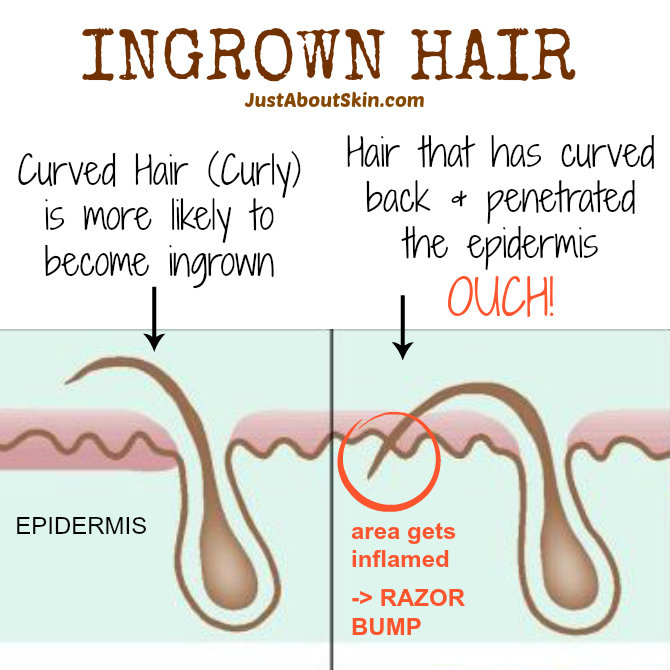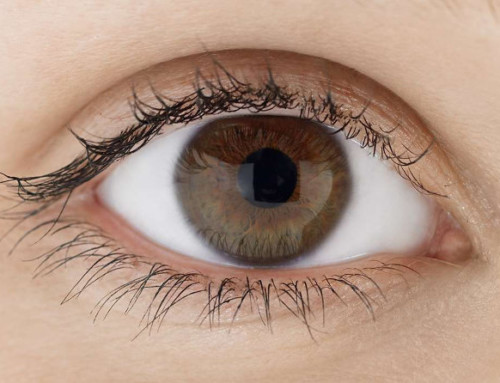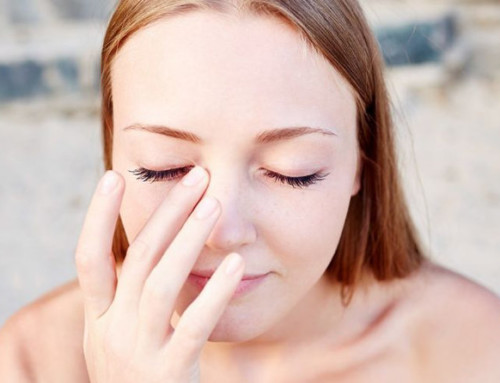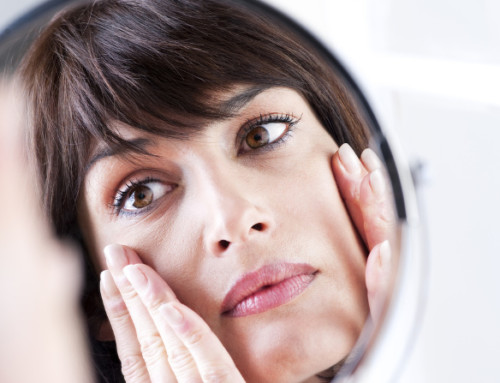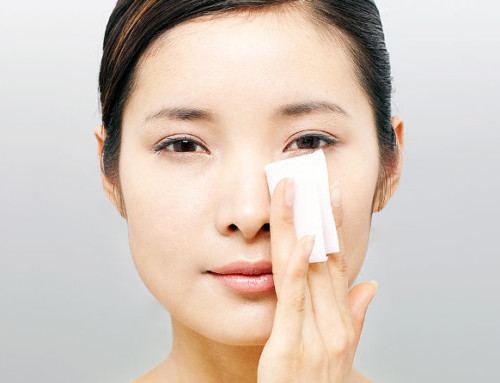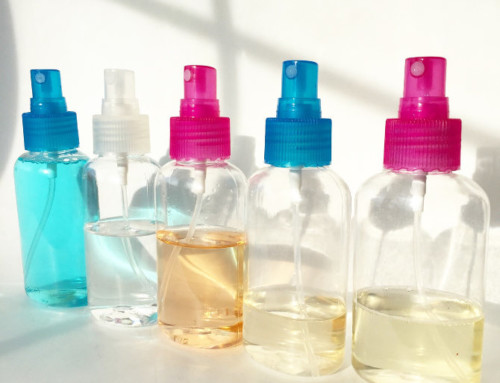I don’t typically write about hair, but one of my followers on Instagram asked me to do a post on ingrown hairs. So let’s talk about hair today!
An ingrown hair is a strand of hair that has curled below the surface of skin, infecting the follicle. The most common cause of this is when the hair has been cut too short through a close shave.
The hair can also curl above the surface of skin and pierce back into the skin. The follicle becomes inflamed and forms a razor bump, which is a flesh-colored bump with hair in it. Razor bumps can be very painful or uncomfortable.
The resulting inflammation and irritation caused by shaving is known as pseudofolliculitis barbae, and it typically happens in a man’s beard area, the pubic (bikini) area of men or women, and legs.
A curved piece of hair, such as curly hair, is more likely to become ingrown. So is coarse, thick hair. The hair in the pubic area is thicker and coarser than hair on the rest of the body, which is why ingrowns and razor bumps are common there.
Tips for Preventing Ingrown Hairs
1. Shave in the direction of hair growth. Not against it.
2. Avoid a close shave. The tip of the hair may fall below the surface of skin, curl, and pierce the follicle wall, causing inflammation. A single-edged razor is better than a double or triple-bladed (they shave too closely).
3. Do not stretch the skin when shaving (for the same reason as #2). It will produce too close a shave.
4. Warm the skin before you shave. Wait a few minutes in the shower to let the steam warm the skin, or place a warm towel over the area first.
5. Use a shaving gel or cream (even better if it contains anti-bacterial ingredients). Wait a couple minutes for it to soften the hair. The hair will be less likely to curl back into skin.
6. Don’t try to tweeze or remove the ingrown hair. It will irritate the hair follicle and exacerbate the inflammation. Let it dislodge on its own.
7. Clean your razor afterward to keep bacteria away. Use a toothbrush and soap. (A clean toothbrush dedicated to your razor, not one that you brush your teeth with!) If you don’t mind the extra work, clean the razor with hydrogen peroxide or rubbing alcohol, which will kill any bacteria lurking on the blade. Keeping bacteria away will minimize the effects of inflammation.
Tips for Dealing With Ingrown Hairs Once You Have Them
8. Exfoliate regularly. This will dislodge the hair faster. Several times a week if you are female. Daily if you are male and have to shave your beard everyday. Here is some background info on exfoliation: Methods of Exfoliation.
AHA and BHA exfoliants help dislodge the hair by softening the sebum that has hardened around the hair trapped inside the follicle. Salicylic Acid and Lactic Acid are good choices.
An easy and gentle way to exfoliate ingrown hairs is to use a cleansing brush with some shower gel or creamy cleanser. A simple brush will do (not the electrical kind, like Clarisonic). Gently scrub the area in circular motions. Be sure to clean the brush afterward to minimize bacteria growth.
If you are squeezed for time, a cleansing brush also saves time by offering two steps in one (cleansing and exfoliating).
For the genital area, here are some tips:
- Don’t exfoliate directly on the genitals. Genital skin is very thin.
- If you use a cleansing brush or loofah, use a gentle touch.
- If you’re female and exfoliate with an AHA cleanser, be sure you keep it outside the vaginal area (outside the labia majora) to avoid getting any product into the urethra or vaginal opening.
Clean your brush regularly and let it air dry completely. Don’t keep it in the shower where it can stay moist – let it air dry on a paper towel on a counter. Drape another paper towel over it to keep it lightly covered. This will minimize bacterial buildup.
9. Use skincare products with anti-inflammatory ingredients after you shave. For example, a soothing after-shave gel or cream if you are male, or a soothing moisturizer if you are female. Sensitive skincare lines are good options because they always have calming and soothing ingredients.
For more severe cases of ingrown hairs, there are prescription corticosteroid creams that a doctor can prescribe.
Regular waxing by a professional helps minimize ingrown hairs too.
Laser or IPL hair removal is another option if you have persistent problems with ingrown hairs and do not want to bother with them anymore. That will permanently remove the hair. But it is not suitable for all skin tones.
Want articles delivered straight to your inbox? Sign up for the weekly newsletter here.

